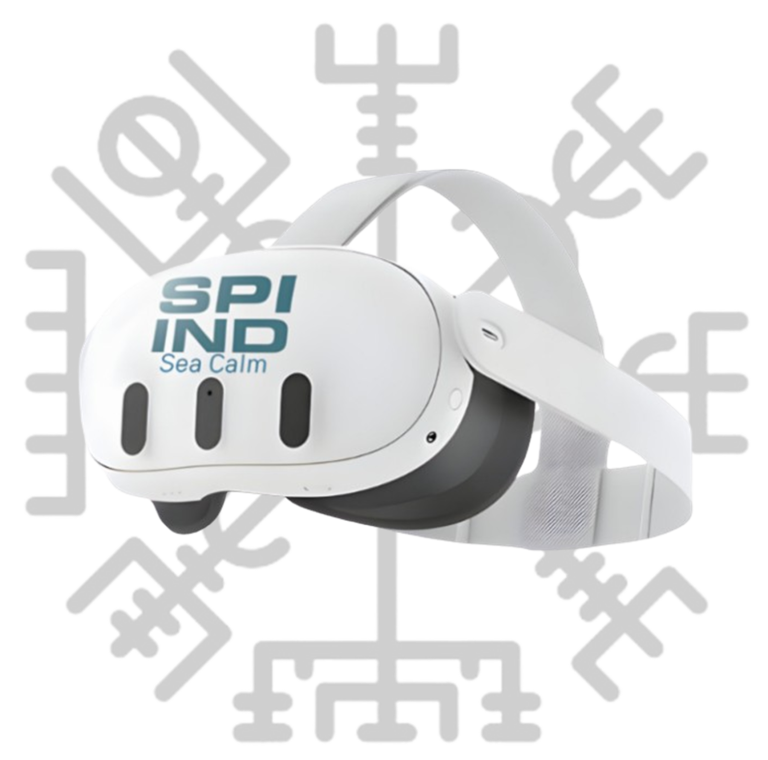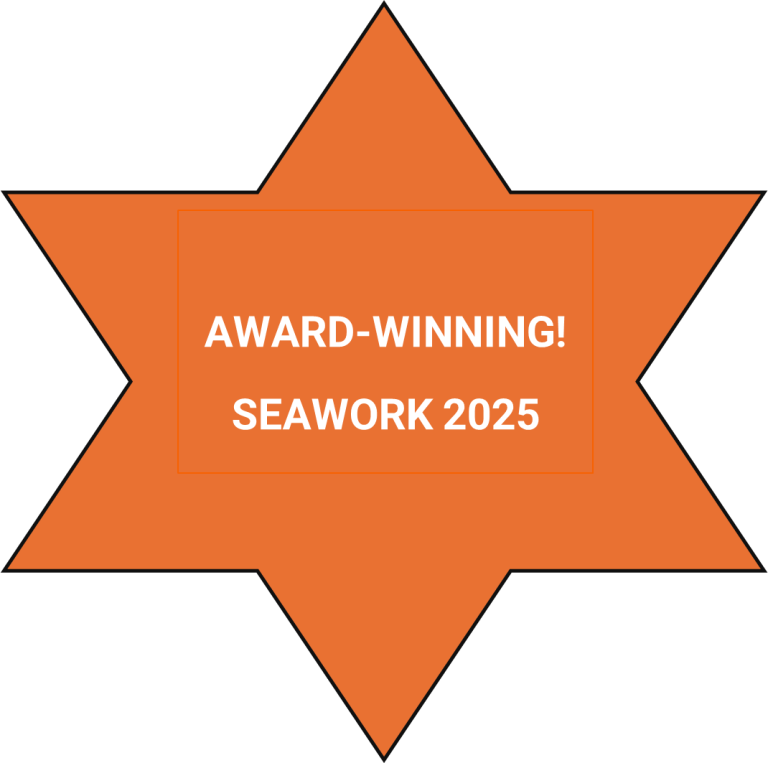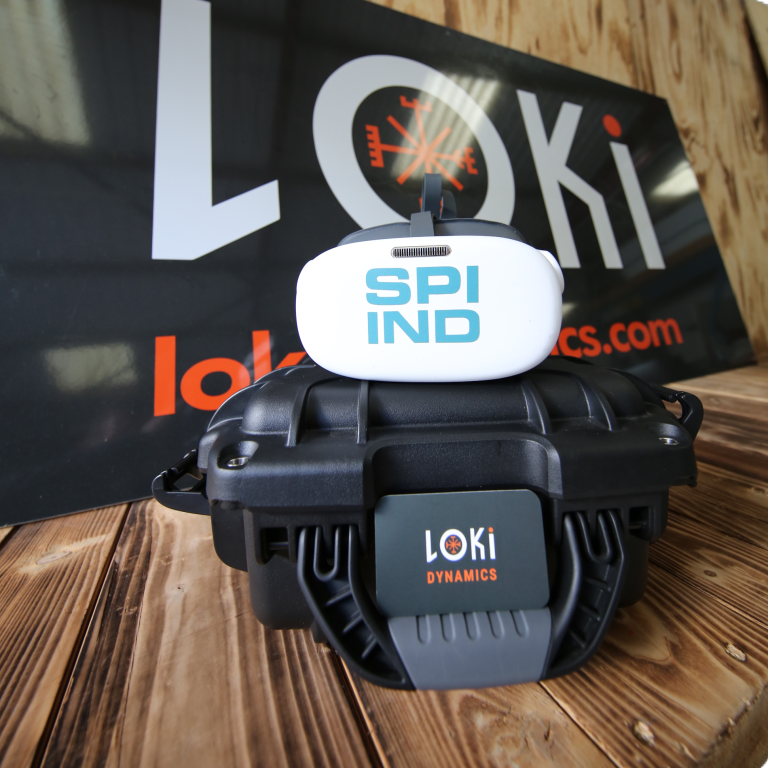West - Wellbeing
Loki Dynamics introduces the revolutionary Anti-Seasickness VR headset from SPIIND Defence and Maritime Engineering of New Zealand. The product range reflects our commitment to seafarer wellbeing and operational excellence. Prioritising crew comfort and company productivity, the range supports safer, more efficient working environments through forward-thinking, human-centred innovation.
Improving Maritime Health
Improving the Travel Experience
01
What?
An Immersive Experience
Providing Instant Relief From Seasickness
02
Why?
Simplified Relief for Seasickness
Raising Standards for Maritime Health
03
Who?
Motion Sickness Sufferers
Boat Users, Passengers and Maritime Professionals
Products
SPIIND VR Headset
The SPIIND 'Sea Calm' VR headset was developed in New Zealand. It stands out with its defence-grade research, maritime-specific design, and drug-free approach to seasickness. Unlike generic wellness tools, it targets the root cause sensory conflict using tailored virtual environments to restore balance perception in just 7–12 minutes. Built for challenging marine conditions, it offers fast, side-effect-free relief, making it a uniquely effective and unmatched solution for crew wellness.
Seawork 2025 - Spirit of Innovation Award
Loki Dynamics is very pleased to share that the SPIIND Revolutionary VR Headsets were crowned the 'Overall Spirit of Innovation Winner' in the Seawork Innovations Showcase Awards in June 2025.
More details in the Loki News Section.
Overall Winner!
What is seasickness and motion sickness and how can it affect an individual and your business?

Tackling Perspectives with the VR Headsets:
Common Barriers & Strategic Solutions
“It’s not macho to be sick” → Reframe the mindset
Seasickness is biology, not weakness. Using headsets is about staying sharp, safe and fit for duty.
Fear of stigma → Normalise headset use like PPE
Headsets should be viewed as standard operational tools to protect health, not a sign of weakness.
Reluctance to take medication → Prefer non-drug alternatives
Headsets act on symptoms with no side effects, unlike pre-emptive seasickness meds that often cause drowsiness.
Expected to “push through” symptoms → Recognise the hidden cost
Ignoring seasickness risks mistakes, slower response times, and reduced safety culture.
Fear of job loss → Build a culture of honesty and safety
Encourage open reporting and reduce stigma through leadership and medical staff support.
Perceived high cost → Consider ROI (Return on Investment)
Headsets reduce lost time, medication dependency, turnover, retention, personnel experience and performance issues.
Not enough time to use → Fast relief
Average symptom relief in 13–14 minutes; often lasts a full shift with minimal reapplication.
Concerns about breakage → Built for harsh environments
Sea Calm and Sea Pro models are ruggedised, UV-resistant, and water-protected.
Training complexity → Easy to use
Simple operation with automated cycles, voice guidance and multilingual support.




